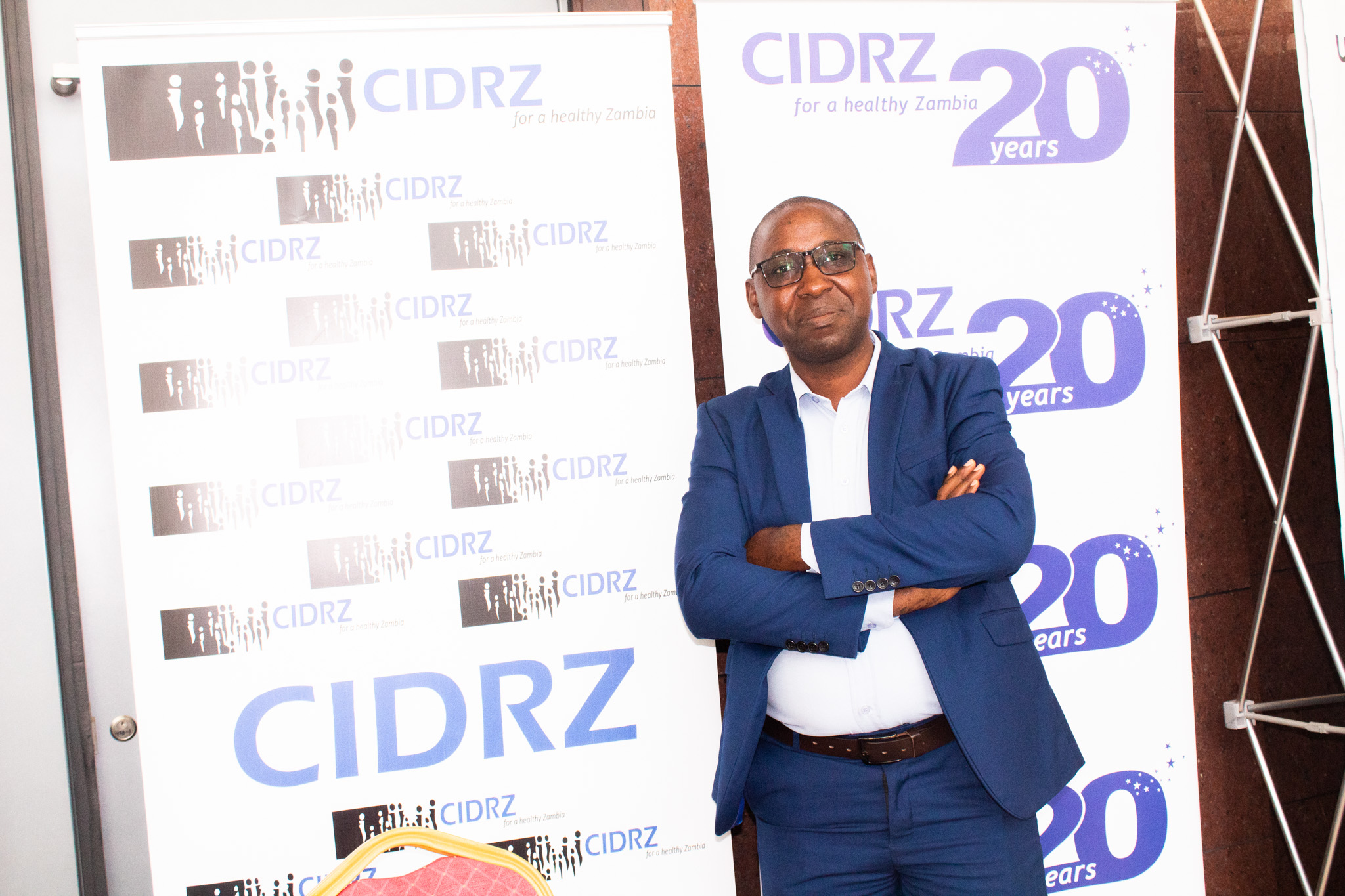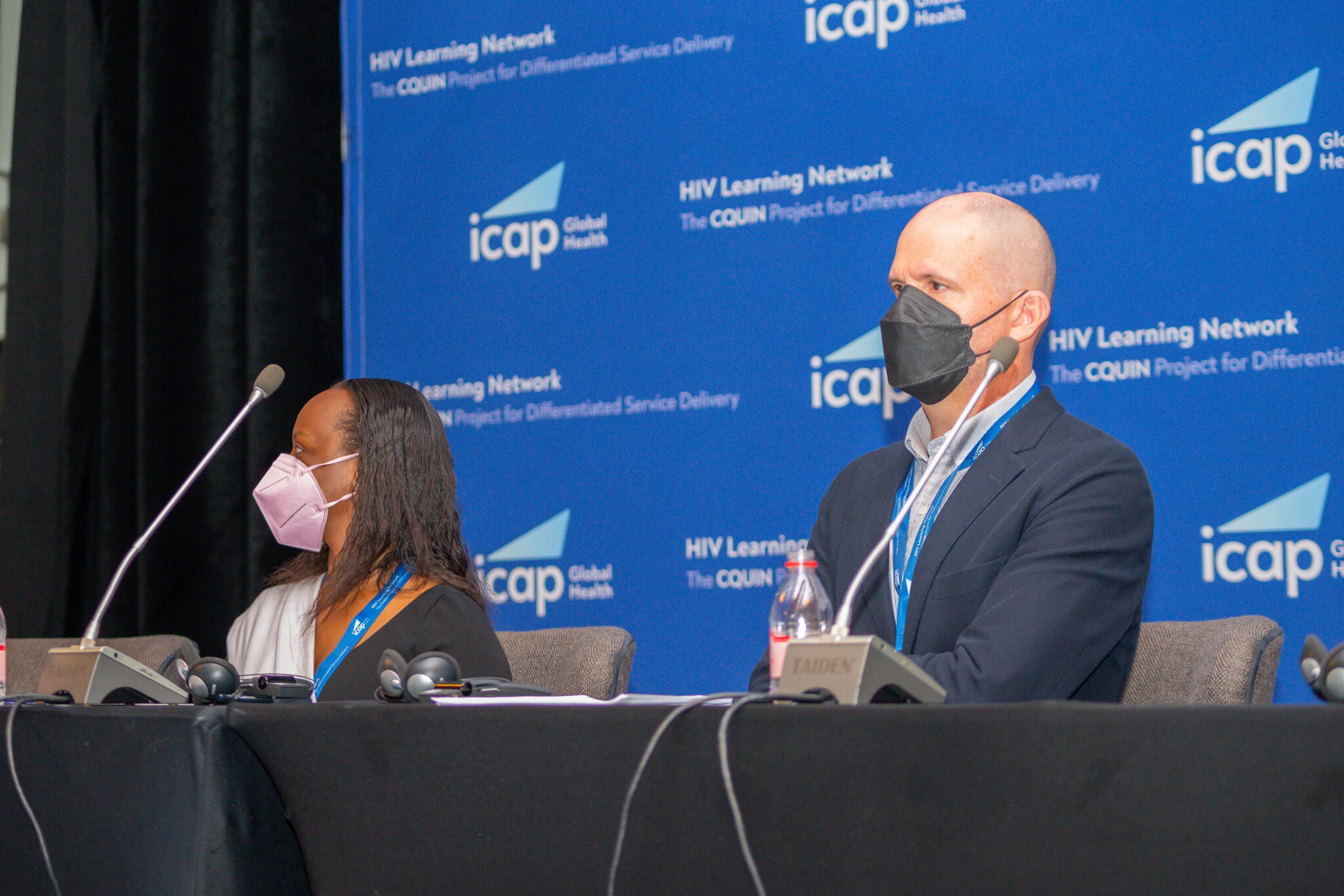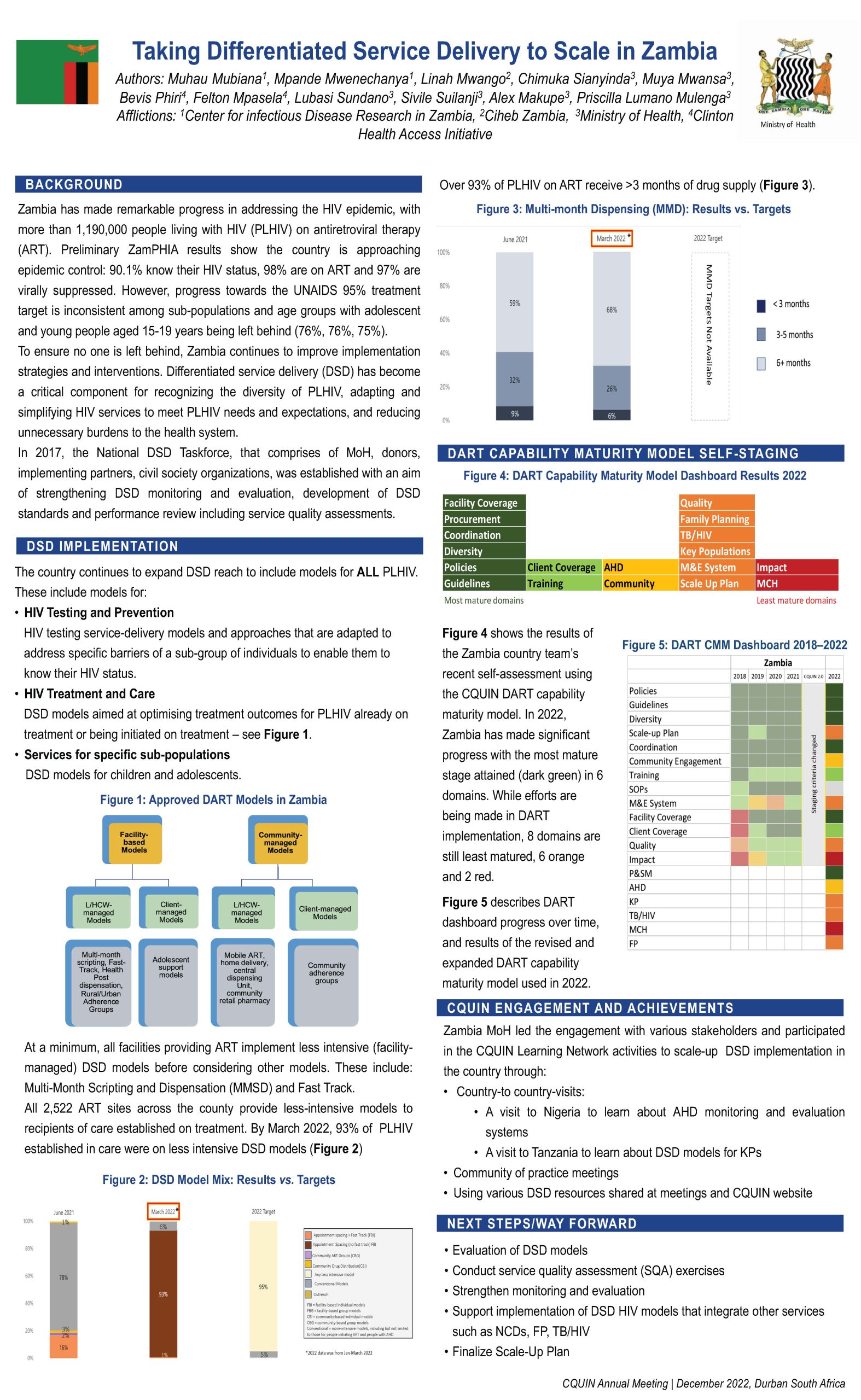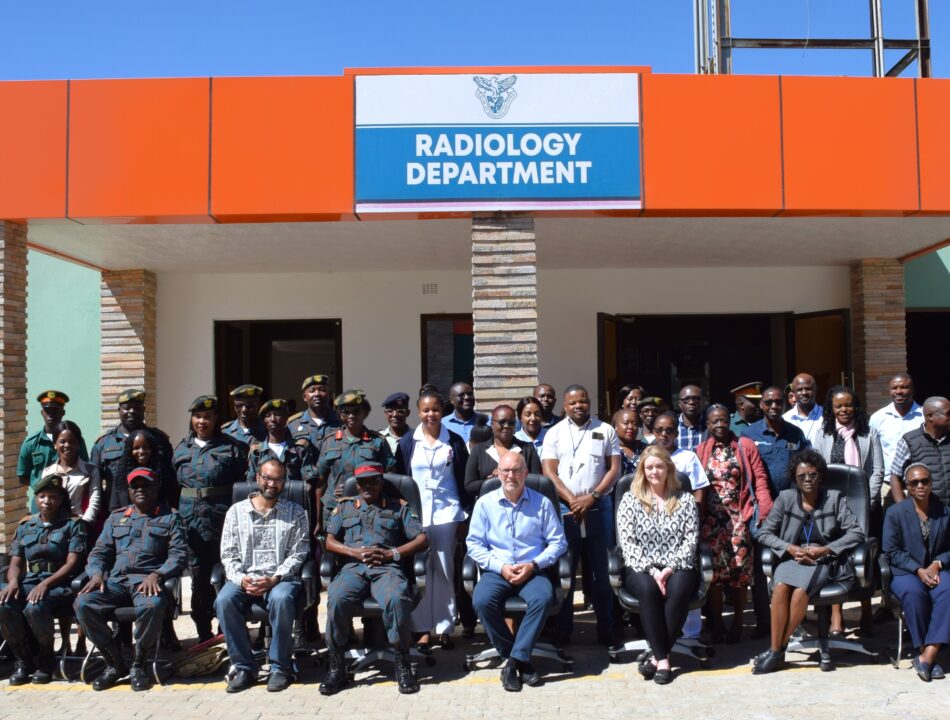- HOME
- ABOUT
- AREA OF FOCUS
- Research
- Enteric diseases & HIV vaccine Research unit
- HIV prevention, care & treatment
- Implementation Science
- Paediatric prevention care & treatment
- Vulnerable Children & Adolescent Health
- Tuberculosis
- Prison’s Health
- Social & Behavioral studies
- New Born & Women’s health
- Primary care and health systems strengthening
- Mental Health
- Hepatitis
- SUPPORT UNITS
- MEDIA
- News
- Annual reports
- Quarterly Newsletters
- Vol.24 CIDRZ Newsletter Q2 FY 2024
- Vol.23 CIDRZ Newsletter Q1 FY 2024
- Vol.22 CIDRZ Newsletter Q4 FY 2023
- Vol.21 CIDRZ Newsletter Q3 FY 2023
- Vol.20 CIDRZ Newsletter Q2 FY 2023
- 1st Quarter Newsletter FY2022/2023
- 4th Quarter Newsletter FY2021/2022
- 3rd Quarter Newsletter FY 2021/2022
- 2nd Quarter – FY 2021-2022
- 1st Quarter 2021-2022
- Research Abstracts/ Scientific Posters
- Research Presentations
- Gallery
- Videos
- TRAINING
- TOOLKITS
- Taskpen Toolkit
- Human Infection Studies (HIS)
- Menstrual Hygiene Management (MHM)
- Better Information for Health in Zambia Toolkit – 2017
- CommART Toolkit
- Operation Triple Zero Plus – HIV Literacy Package for Adolescents
- TASKPEN CLINICAL GUIDELINES :Protocols for the Integrated Management of Cardiometabolic conditions in Adult PLHIV
- JOBS
CIDRZ Represents CDC Supported Implementing Partners at the 6th CQUIN Annual Meeting in Durban, South Africa

CIDRZ scoops the Corporate Social Responsibility award at the 2022 Zambia Medical Association Annual Ball and Awards
December 20, 2022
CIDRZ Research team participated at the Vaccines Against Shigella & ETEC (VASE) Conference in Washington DC, USA.
December 21, 2022CIDRZ Represents CDC Supported Implementing Partners at the 6th CQUIN Annual Meeting in Durban, South Africa

The Centre for Infectious Disease Research in Zambia (CIDRZ) with support from the U.S. President’s Emergency Plan for AIDS Relief (PEPFAR), through the Centers for Disease Control and Prevention (CDC), represented all CDC-supported Implementing Partners (IP’s) in Zambia at the 6th Coverage, Quality, and Impact Network (CQUIN) annual meeting in Durban, South Africa, which convened Ministry of Health (MOH) representatives from the 22-country CQUIN network, national networks of people living with HIV, donors, implementers, and global partners.
CIDRZ DSD Technical Advisor and National DSD task force member, Mr. Mubiana Muhau gave a presentation on “Taking Differentiated Service Delivery to scale in Zambia”, which highlighted the country’s DSD progress at an event where members shared data on the headway made toward scaling up high-quality differentiated service delivery (DSD) over the past year.
According to the report presented by Mr. Mubiana, Zambia has made remarkable progress in addressing the HIV epidemic, with more than 1,190,000 people living with HIV (PLHIV) on antiretroviral therapy (ART). The Preliminary Zambia Population-Based HIV Impact Assessment (ZAMPHIA) results show that Zambia is approaching epidemic control: 90.1% of people know their HIV status, 98% of those who are positive are on ART, and 97% of those on treatment are virally suppressed.
However, progress towards the UNAIDS 95% treatment target is inconsistent among sub-populations and age groups with adolescents and young people aged 15-19 years being left behind (76%, 76%, 75%).
To ensure no one is left behind, Zambia continues to improve implementation strategies and interventions. DSD has become a critical component for recognizing the diversity of PLHIV adapting and simplifying HIV services to meet PLHIV needs and expectations. This also leads to a reduction of unnecessary burdens to the health system.
In 2017, the Zambian National DSD Taskforce was established to strengthen DSD monitoring and evaluation, develop DSD standards, and execute performance reviews including service quality assessments. The country continues to expand DSD’s reach to include models for ALL PLHIV. These include models for:
- HIV Testing and Prevention, HIV testing service-delivery models and approaches adapted to address specific barriers of a sub-group of individuals to enable them to know their HIV status.
- HIV Treatment and Care DSD models aimed at optimizing treatment outcomes for PLHIV, already on treatment or being initiated on treatment.
- Services for specific sub-populations DSD models for children and adolescents.
CIDRZ, with support from The Global Fund to Fight AIDS, Tuberculosis and Malaria and in collaboration with the World Health Organization, provides technical assistance to the MOH through the National DSD task force. One of the biggest outcomes of the meeting was the Country Action Plan that was developed based on the lessons learned through best practices used to improve the quality of DSD models that in turn improves the quality of health care for the people of Zambia.
Some key lessons from the meeting included:
- Moving towards improving quality of life for recipients of care (ROC) with Advanced HIV Disease.
- Consideration of Annual Clinical visits for ROC established in care.
- Develop an HIV Prevention model that integrates the provision of Pre-Exposure Prophylaxis (PrEP) in Family Planning.
- Develop DSD models for Case finding and prevention of HIV in Adolescents in consultation with Adolescents.
The need to Broaden the scope of HIV Testing Services (HTS) towards “Status Neutral” testing that actively supports linkage and engagement of individuals in Prevention and treatment programs.







